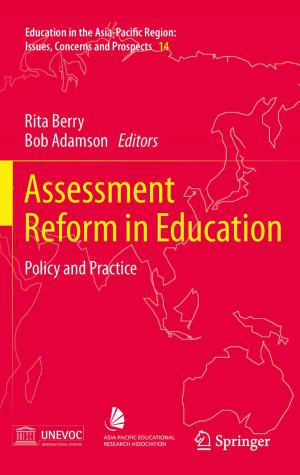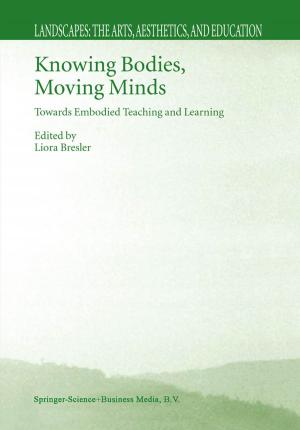| Author: | Maung Maung | ISBN: | 9789401192576 |
| Publisher: | Springer Netherlands | Publication: | December 6, 2012 |
| Imprint: | Springer | Language: | English |
| Author: | Maung Maung |
| ISBN: | 9789401192576 |
| Publisher: | Springer Netherlands |
| Publication: | December 6, 2012 |
| Imprint: | Springer |
| Language: | English |
This book, conceived in Rangoon, nourished and delivered at the Yale Law School, attempts to study the customary laws of Burma in the context of the country's legal system. Customary laws govern the affairs of the family mainly while codes and precedents designed and developed on the imported British common law system enjoy exclusive control and authority over the remaining legal relationships in society. This volume looks at the legal system in outline and the customary law of the Bur mese family in some detail. The customary laws of other indigenous groups, such as the Shans, the Kachins, the Chins, the Kayah, the Mon and the Arakanese, also need to be studied, restated and appraised, for though the laws are similar there are shades of differences, and in build ing the Union of Burma it is important to build strongly on the simi larities while giving due respect to the differences. It is, therefore, hoped, that this volume will launch a series of studies on the customary laws of the peoples of Burma in a large context and with high aim. There are many needs for continuing research in the field of custom ary law. One is to discover the customs of the people as they really are, not just what they are presumed to be in early legal treatises or in later judicial decisions.
This book, conceived in Rangoon, nourished and delivered at the Yale Law School, attempts to study the customary laws of Burma in the context of the country's legal system. Customary laws govern the affairs of the family mainly while codes and precedents designed and developed on the imported British common law system enjoy exclusive control and authority over the remaining legal relationships in society. This volume looks at the legal system in outline and the customary law of the Bur mese family in some detail. The customary laws of other indigenous groups, such as the Shans, the Kachins, the Chins, the Kayah, the Mon and the Arakanese, also need to be studied, restated and appraised, for though the laws are similar there are shades of differences, and in build ing the Union of Burma it is important to build strongly on the simi larities while giving due respect to the differences. It is, therefore, hoped, that this volume will launch a series of studies on the customary laws of the peoples of Burma in a large context and with high aim. There are many needs for continuing research in the field of custom ary law. One is to discover the customs of the people as they really are, not just what they are presumed to be in early legal treatises or in later judicial decisions.















